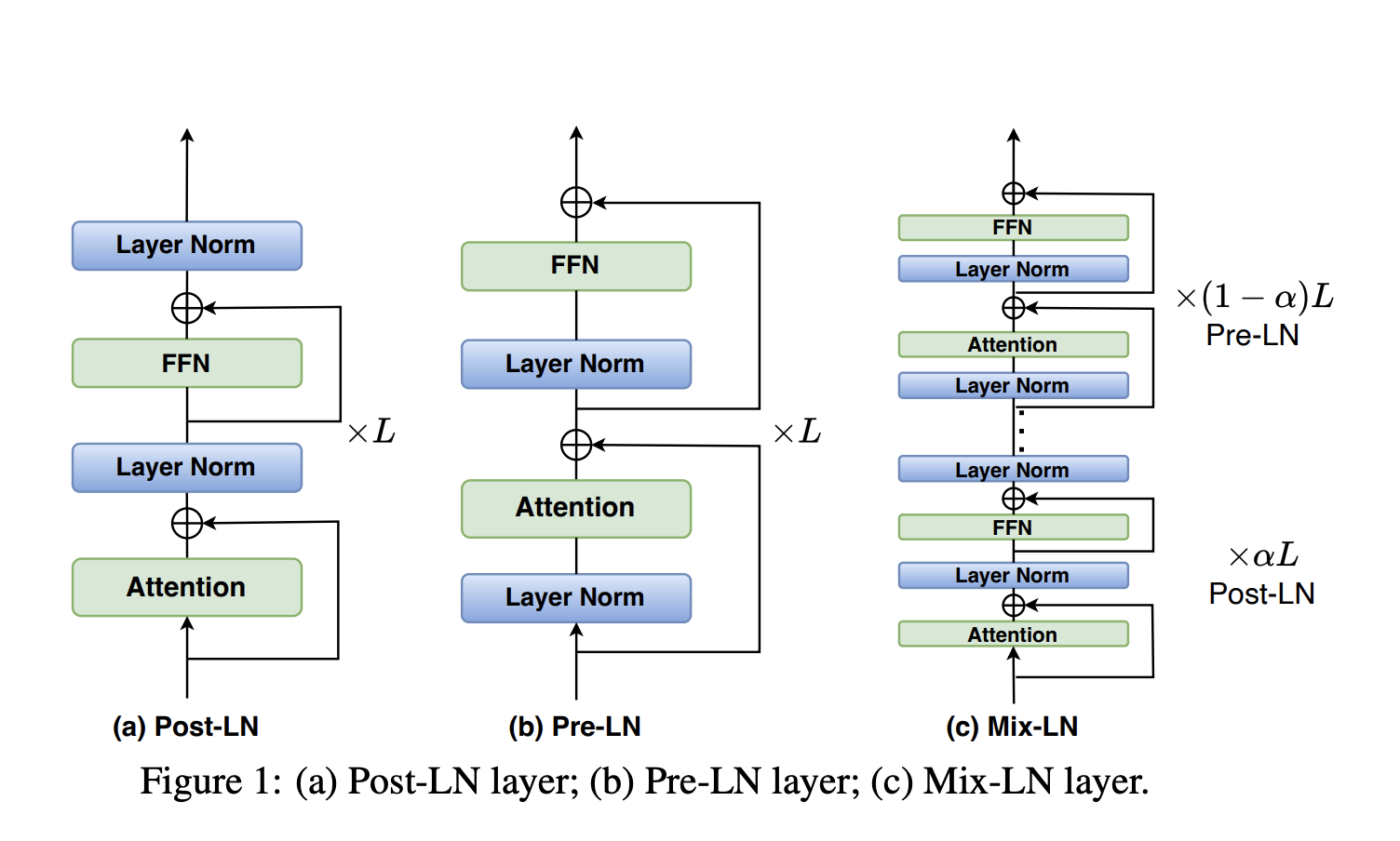
Understanding Large Language Models (LLMs)
Large Language Models (LLMs) represent a promising advancement in Artificial Intelligence. However, their ability to understand and generate text may not be as effective as often claimed. Many applications of LLMs have shown limited impact on enhancing human-computer interactions or delivering innovative solutions. This inefficiency arises because deep layers of these models do not significantly contribute to their performance.
Challenges with Current Techniques
Current methods, such as Pre-layer Normalization (Pre-LN) and Post-layer Normalization (Post-LN), have limitations. For example, Pre-LN can reduce the effectiveness of deeper layers, while Post-LN can lead to diminishing returns in earlier layers. Although new techniques like dynamic linear combinations and Adaptive Model Initialization have been introduced, they do not fully optimize LLM performance.
Introducing Mix-LN
Researchers from various universities have developed a new normalization technique called Mix-LN. This method combines the benefits of Pre-LN and Post-LN, applying each to different layers of the model. Mix-LN ensures more balanced gradients, allowing both shallow and deep layers to work effectively during training.
Research Findings
Comparisons between Pre-LN and Post-LN models showed that deeper layers were less effective under Pre-LN. The experiments also highlighted that Mix-LN significantly outperformed both Pre-LN and Post-LN, improving overall model performance without increasing its size. The optimal Post-LN ratio for Mix-LN was found to be α = 0.25, leading to the best performance metrics.
Practical Solutions and Value
By addressing the inefficiencies caused by Pre-LN, Mix-LN offers a foundation for future research, enhancing training methods for deep models. This innovation allows organizations to leverage AI more effectively.
Enhancing Your Business with AI
To stay competitive, consider implementing Mix-LN in your AI strategies. Here are some practical steps:
- Identify Automation Opportunities: Find key customer interaction points that can benefit from AI.
- Define KPIs: Ensure your AI initiatives have measurable impacts on business outcomes.
- Select an AI Solution: Choose tools that fit your needs and allow for customization.
- Implement Gradually: Start with a pilot program, gather data, and expand AI usage wisely.
For personalized advice on AI KPI management, reach out to us at hello@itinai.com. For ongoing insights, follow us on Telegram or Twitter.
Discover how AI can transform your sales processes and customer engagement at itinai.com.



























